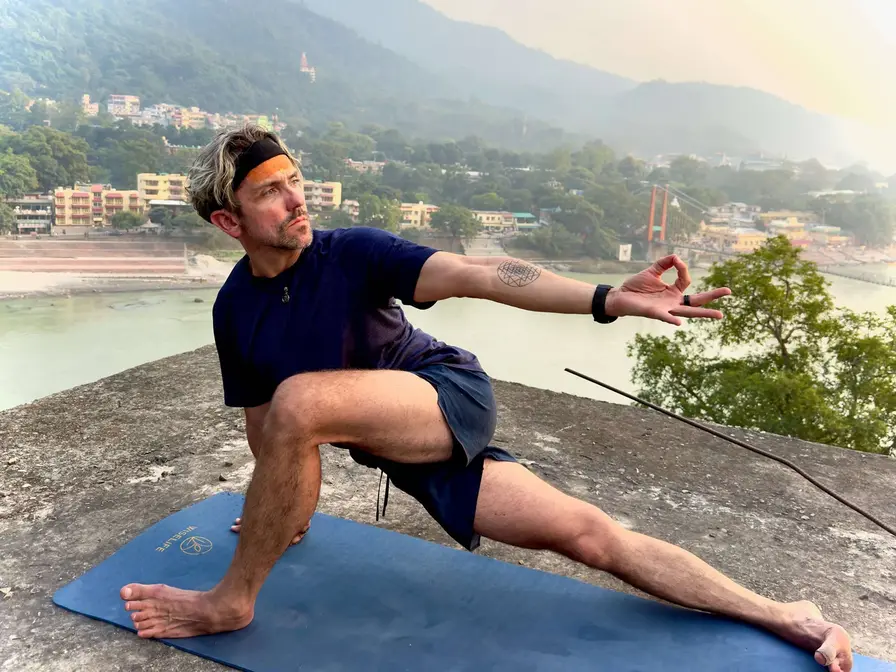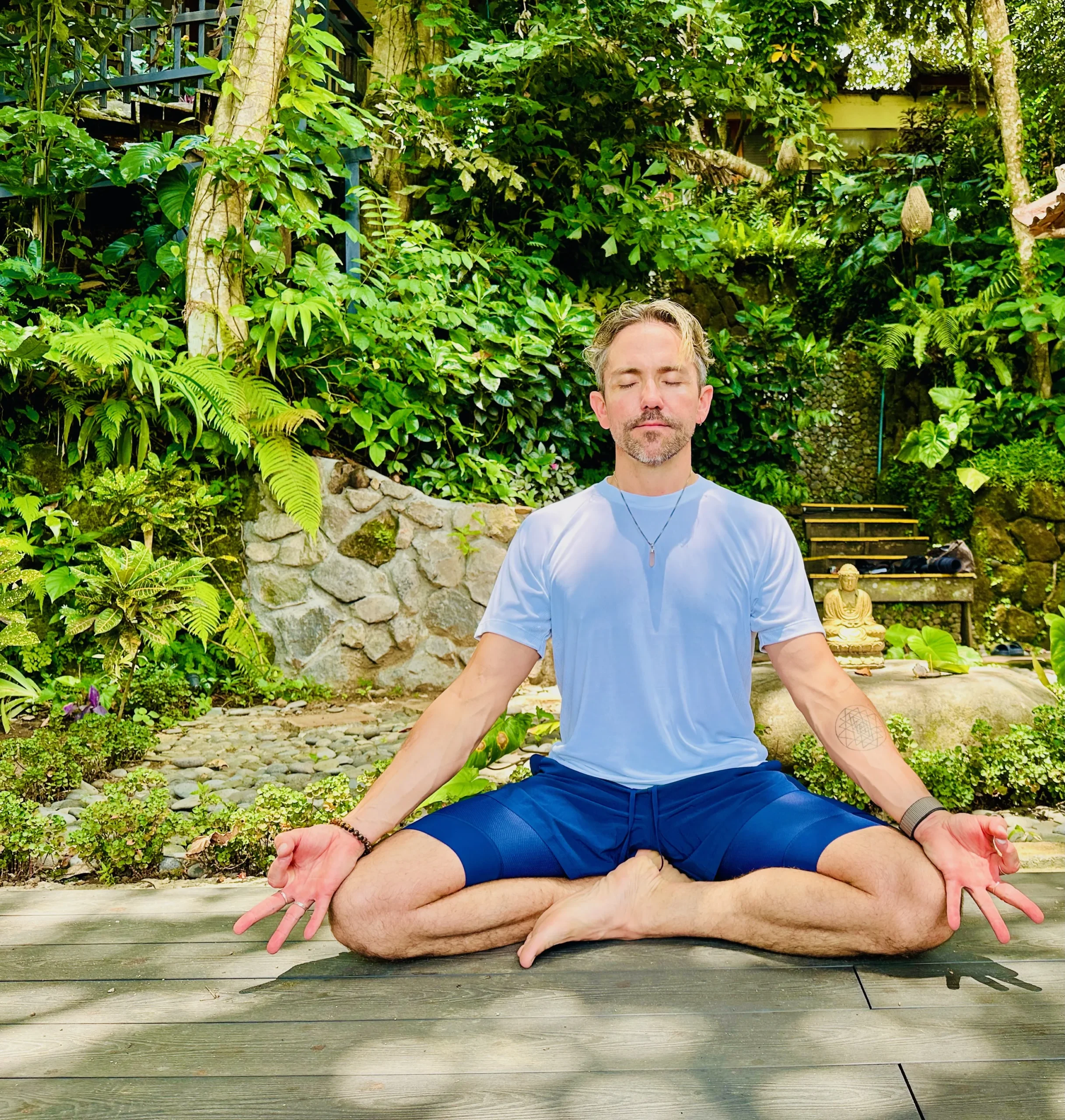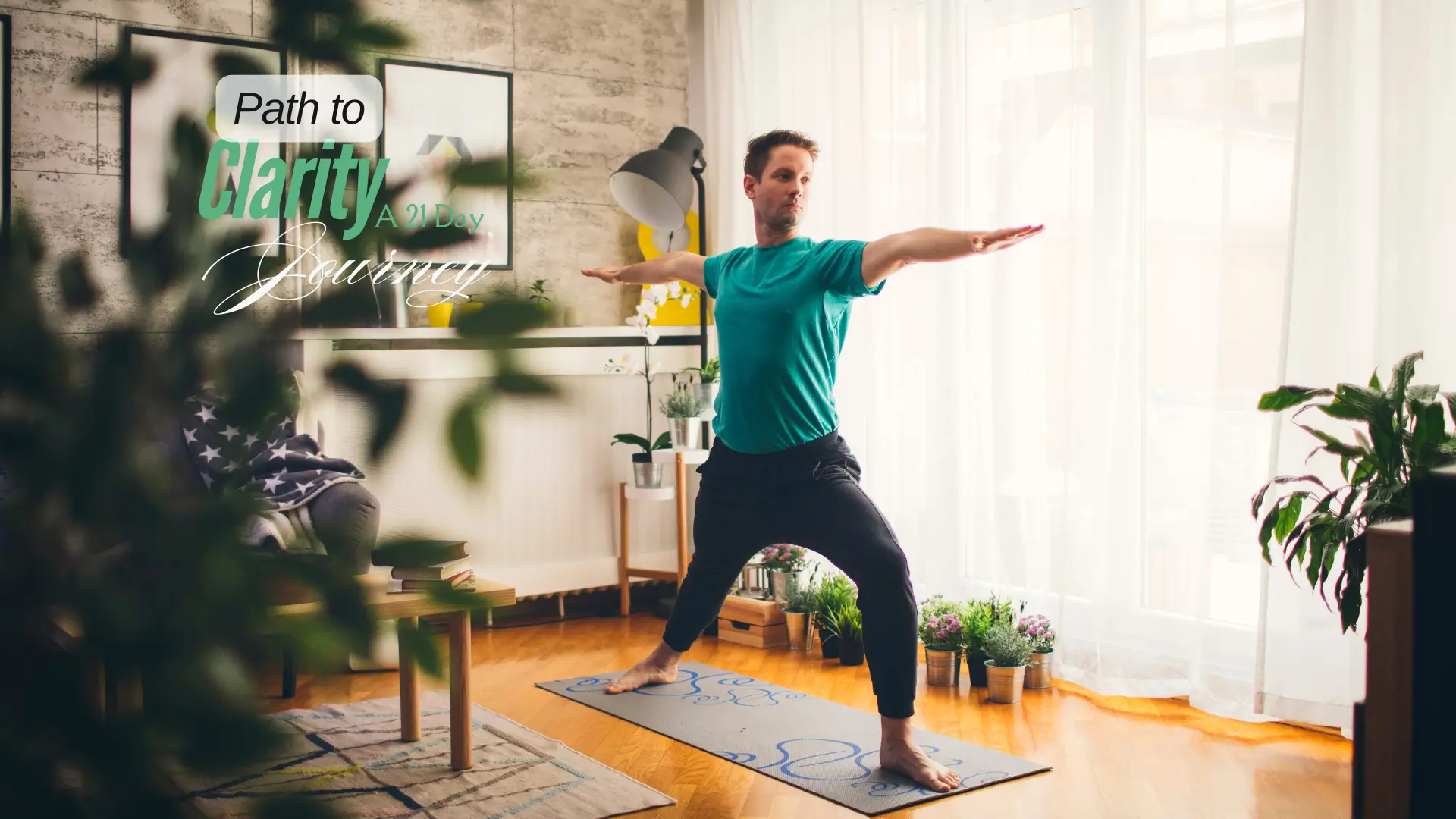In a world that often moves too fast, Yin Yoga offers a sanctuary of stillness. Unlike dynamic and physically intense yoga styles, Yin Yoga focuses on slow, passive postures that target the body’s deeper connective tissues — like fascia, ligaments, and joints — rather than muscles. By holding poses for several minutes at a time, practitioners cultivate patience, inner peace, and profound physical and emotional release.
What is Yin Yoga?
Yin Yoga is rooted in the principles of traditional Chinese medicine and was developed in the late 20th century, mainly through the work of yoga teachers like Paulie Zink, Paul Grilley, and Sarah Powers. The practice draws on the Taoist concept of yin and yang — opposing but complementary forces in the universe. Yin represents stillness, coolness, and introspection, while yang represents movement, heat, and activity.
In a typical Yin Yoga class, poses are held anywhere from two to seven minutes. Props like bolsters, blocks, and blankets are often used to support the body, allowing muscles to relax completely so that stress can reach the connective tissues. Rather than striving to stretch further or perfect a shape, the goal is simply to surrender and be present with whatever sensations arise.
The Benefits of Yin Yoga
1. Improved Flexibility and Joint Health
By working deep into the body’s fascia and connective tissue, Yin Yoga enhances joint mobility and overall flexibility. It can be especially beneficial for areas like the hips, pelvis, and lower spine.
2. Deep Relaxation and Stress Relief
The slow pace and meditative nature of Yin Yoga activate the parasympathetic nervous system — our “rest and digest” mode — reducing cortisol levels and promoting a deep sense of calm.
3. Emotional Release
Emotions are often stored in the body’s tissues. Long-held poses can unlock these emotional patterns, allowing feelings to surface and be released, which can be incredibly healing.
4. Increased Self-Awareness
Holding poses for extended periods encourages mindfulness and introspection. Practitioners often become more aware of their thoughts, emotions, and physical sensations.
5. Balancing an Active Lifestyle
For those who engage in high-intensity sports, vigorous yoga practices, or simply live a busy life, Yin Yoga offers the perfect counterbalance — nourishing, grounding, and restoring the body and mind.
Key Elements of a Yin Practice
Long Holds
Each pose in Yin Yoga is typically held for several minutes. Over time, this prolonged stillness helps the connective tissues gently lengthen and strengthen.
Use of Props
Bolsters, blankets, and blocks are commonly used to support the body, ensuring comfort and preventing strain during long holds.
Minimal Muscle Engagement
The goal is to completely relax the muscles so that the stress of the pose moves into the connective tissues. This requires a conscious effort to let go and soften into the posture.
Mindfulness and Breath Awareness
Practitioners are encouraged to observe their breath, thoughts, and bodily sensations without judgment. This mindful presence is a core component of the practice.
Acceptance and Surrender
Rather than pushing toward a goal, Yin Yoga teaches acceptance — meeting yourself exactly where you are in each moment, without forcing or striving.
Tips for Beginners
If you’re new to Yin Yoga, keep these tips in mind:
- Move Slowly and Mindfully: Enter and exit poses gently to protect your joints and tissues.
- Find Your Edge: Seek a sensation of mild to moderate discomfort, but never pain. You should be able to breathe calmly in the pose.
- Use Props Freely: There’s no prize for going deeper — use props to make each pose sustainable.
- Be Patient: Yin Yoga works slowly but profoundly. Trust in the process.
- Stay Present: Notice when the mind wanders and gently bring it back to the breath or the sensations in your body.
Final Thoughts
Yin Yoga invites you to slow down, go inward, and reconnect with the deepest layers of your being. In a culture that often glorifies busyness and achievement, Yin reminds us of the power of stillness, patience, and surrender. Whether you’re looking to improve flexibility, release emotional tension, or simply find a quiet moment in a busy world, Yin Yoga offers a deeply nourishing path toward balance and healing.




Leave a Comment